Introduction and Significance of Tribal Tour:
With a stunning combination of natural beauty, mesmerizing festivals, and a concoction of tribal communities and their traditions, Gujarat is truly full of experiences for every traveler. Gujarat is the home to five million tribal communities like Siddhi, Rabari, Bhils, Ahirs, and Bharwads who reside by the slopes of Aravalli’s, Vindhya’s western flank of Satpura, and northern flanks of Sahyadri.

Many renowned travel companies and agents organize elaborate tribal tours or cultural tours in Gujarat. For travel freak people, tribal tours have special significance as they same take one close to ethnic and nomadic tribal communities and give a chance to discover their lifestyle, living patterns, rites and rituals, customs, traditions, and festivals. Tribal excursions are edifying, culturally enriched, lively, and colorful.
Tour of Sidhi Tribes:
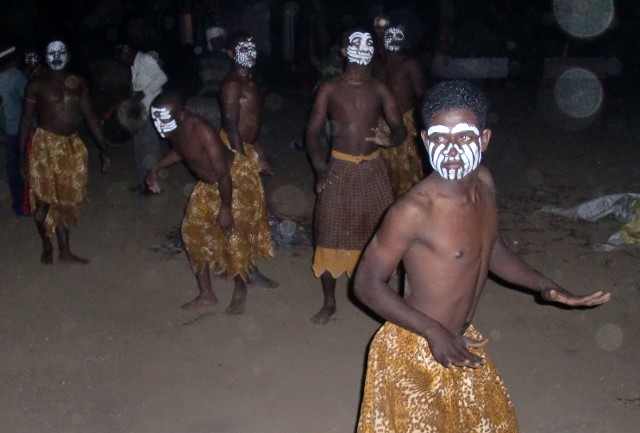
The Siddi community also known by Habshi and Badsha, is believed to be from Africa. Archaeological studies reveal that they are the offspring of the Bantu tribe. The tribes are found in the periphery of the Gir Forest of the Junagarh area. They depend on forestry and hunting for a livelihood. Sidhi men and women wear frock-like a dress with dupattas and lots of silver-colored junk pieces of jewelry. Sidhi tribes are famous for Goma music and Dhamal dance in all festivals, especially marriages. Siddhi people are vegetarian by nature and only consume Akhni (local mutton cuisine), biriyani, and fish during the celebration.
Facets of the Tour:

Tour in and around Gir Forest and Junagarh area bears the chance of spotting Sidhi tribes busy in their daily chores of hunting and forest activities. Sidhi people can be seen roaming around in traditional frock-style dresses called Ijar. Women wear silver-coloured and golden ornaments and men wear agate rings and Kantha around the neck.
Sidhis found in Zafrabad, Surendranagar, and Jhambur of Junagadh in the Saurashtra region are famous for the Dhamal dance and Gomo songs in African Swahili language, generally celebrated on successful hunting missions, marriages, and other religious ceremonies. An exclusive characteristic of their Dhamal dance is the act of tossing a coconut high up in the air and cracking it on their head successfully. Sidhi people also perform a daring act of walking on live coals bare feet. Their activities demonstrate a flexible neck and waist movement, dancing to a quicker rhythm at traditional drums. This amazing dancing form has been reserved and inherited by the following generations of the Sidhis.
Tribal tours also encompass various facets of tribal food and eating habits. Sidhis have very typical food habits. They are fond of Pan, Supari, and Jarda and not fond of Mahuva or alcohol. Tribal tours for Sidhi tribes depict distinctive festival tribal dishes like mutton, fish, korma, Haleem, khichadi, and paya and regular vegetarian Gujarati dishes. Important information like they only consume halal meat is also discussed during such tours.
During tribal excursions, tourists also enhance their knowledge in terms of cultural sociology. As for Sidhi communities, facts about their social customs are exhibited. Sidhi women place themselves in lower strata than men and participate in all social festivals and ceremonies with their male counterparts. Strikingly Sidhi women actively contribute to all livelihood options like agriculture and forest activities, collection of fuel, drinking water, and fruits. Women also work in households and possess no political and society control authority.
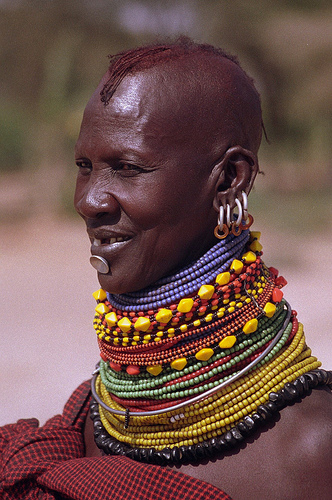
A married Sidhi woman who expects her first baby, a pre-delivery ceremony of a baby shower or Gaud Bharai is in the seventh month of the pregnancy at her in-law’s house. The ritual is known as kholobharo. On this occasion, the would-be mother gets clothes, coconut etc as presents from her maiden place and the ritual ends with a dinner served to family members and close relatives. After birth, the new mother is not allowed to visit the mosque till the 6th-day ceremony. Bua or the father’s sister names the child while the new father whispers the holy Quran to the infant. Only in the case of a male child, mundane or shaving off the head is celebrated. The Aqiqa ritual is also accomplished by the Sidhis. Gujarat Tribal expeditions offering tribal village sightseeing echoes the tribal presence of not only the state but also of India. Tourists can interact with tribes via local guides to get a flair for their life, livelihood, customs, and ceremonies. Travelers also procure original and exotic tribal handicrafts directly from creators.
Further Reading –
Read some of our other interesting post on cultural heritage of these tribal communities of India-

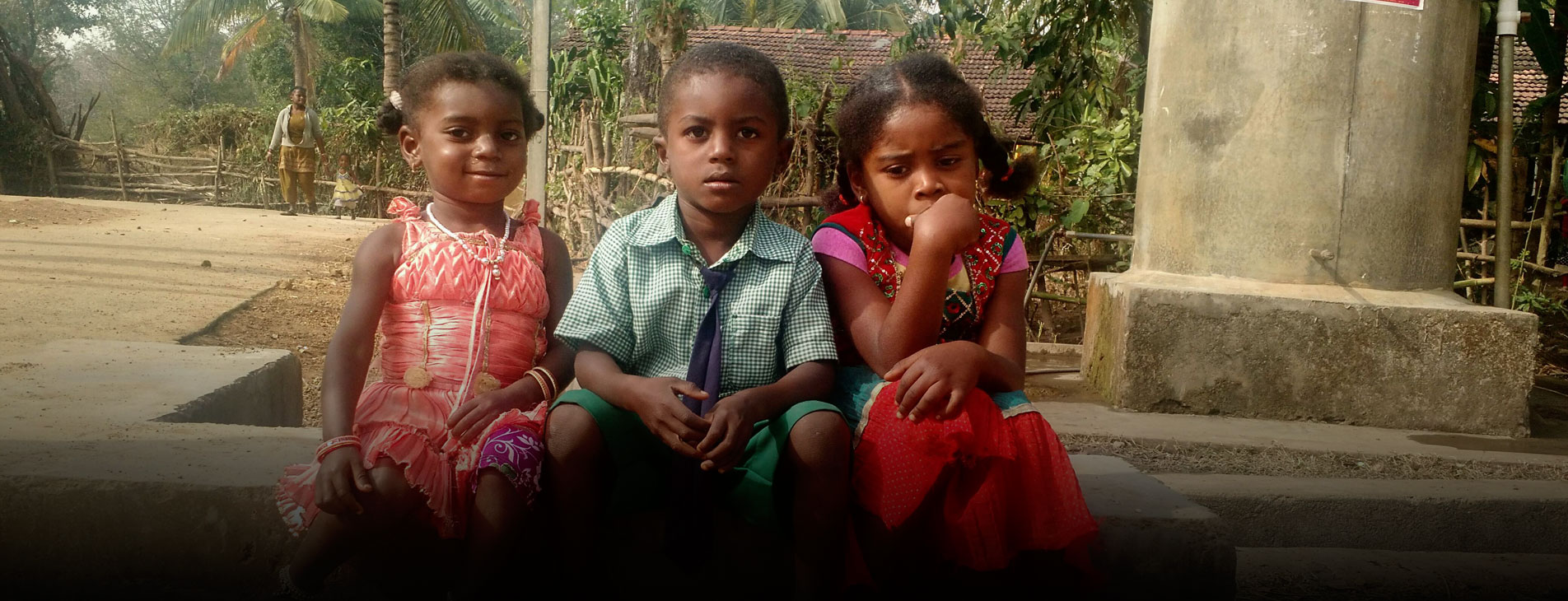
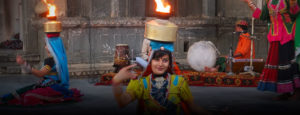
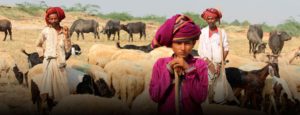
Very well written story. I loved all these tribal groups in Gujarat. Specially Rabaris. Thank you for the good work and showing the real charm of India to us during our visit Sheesh. Keep up the good work – can’t wait to read more posts.
Bastion, It was our pleasure to welcome you in India and glad that you enjoyed your tour. Hope to see you soon in your next tour of India.